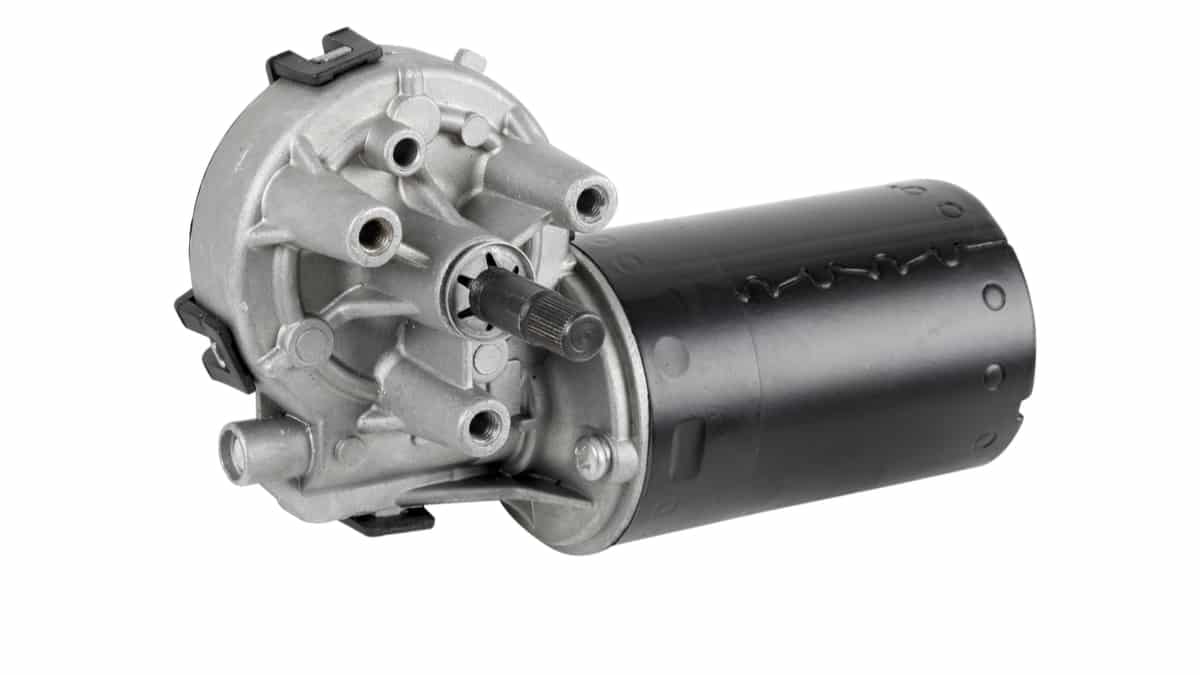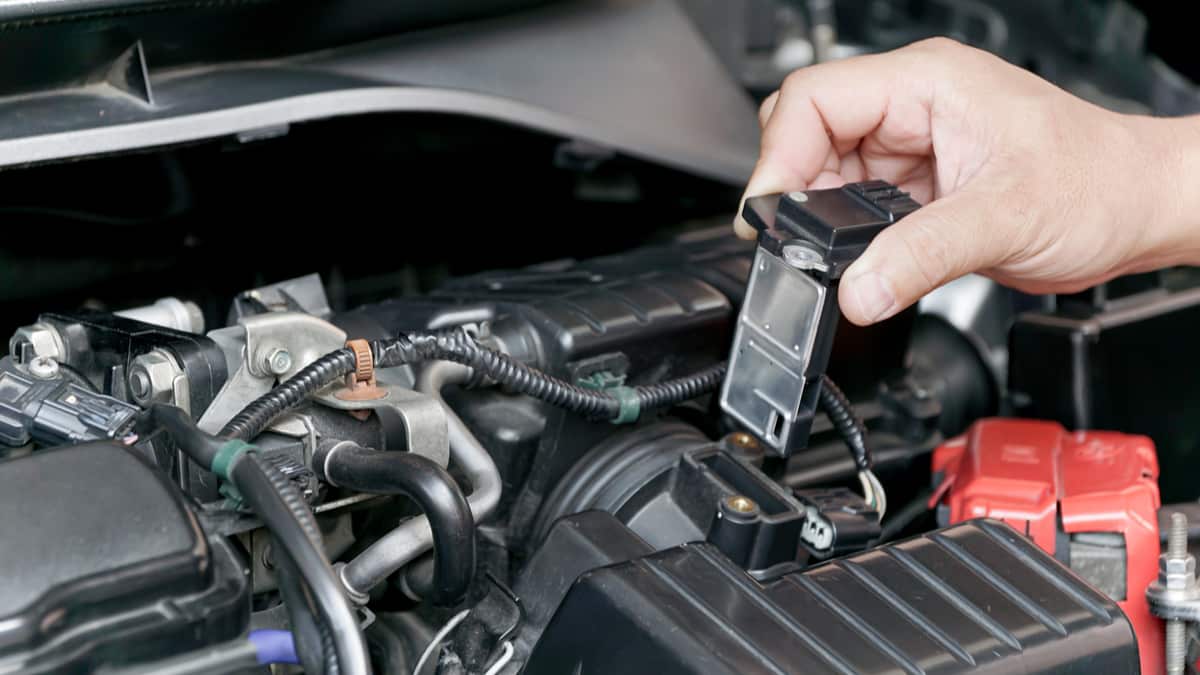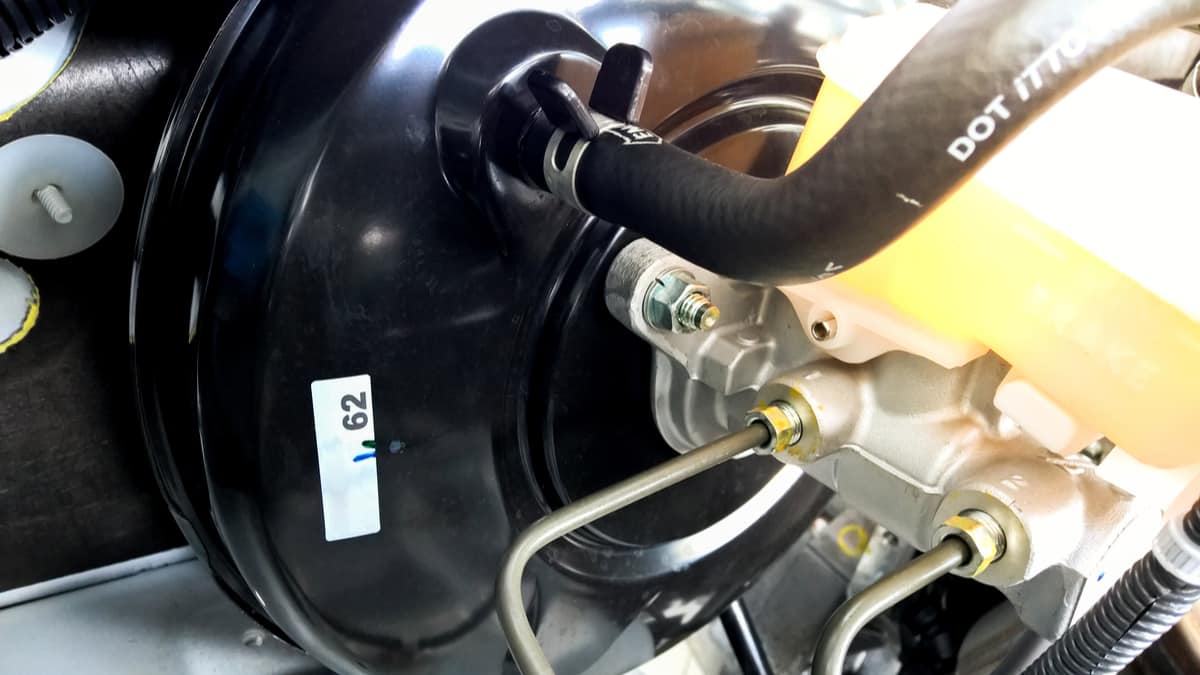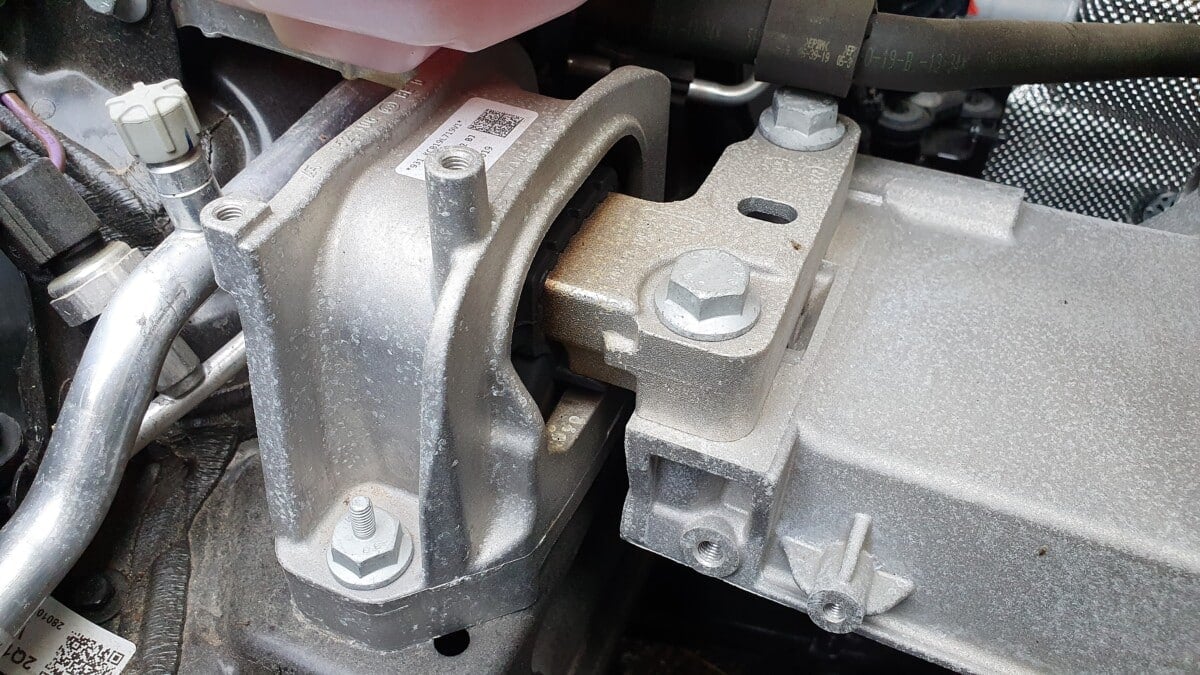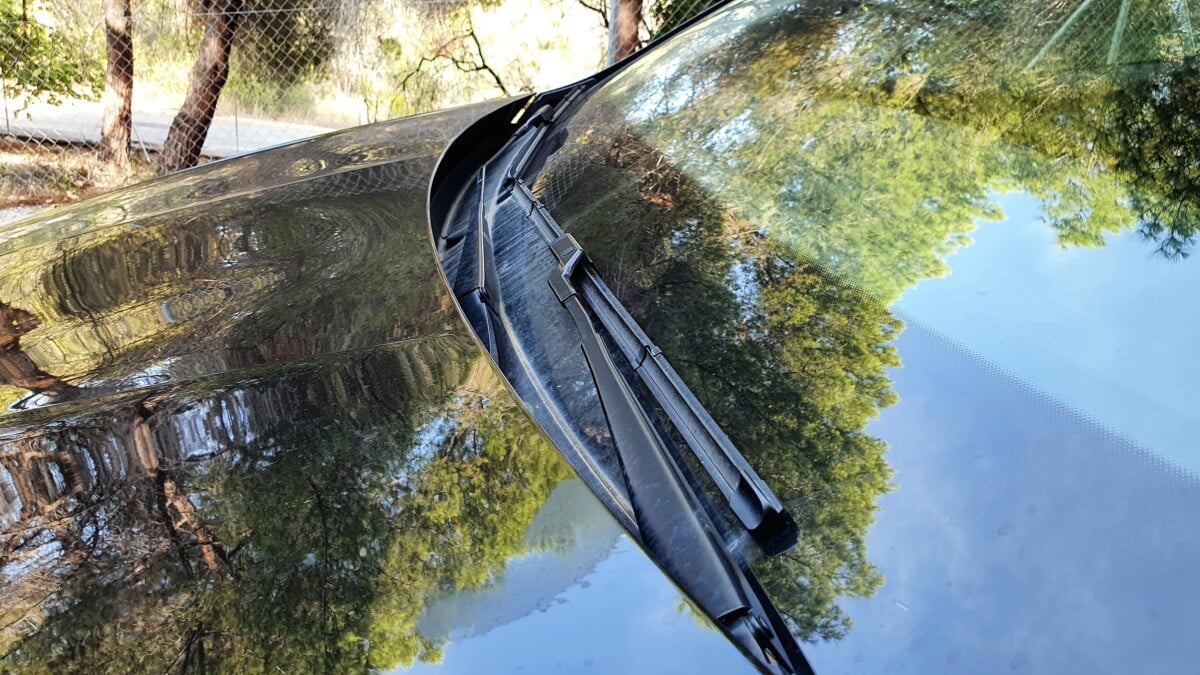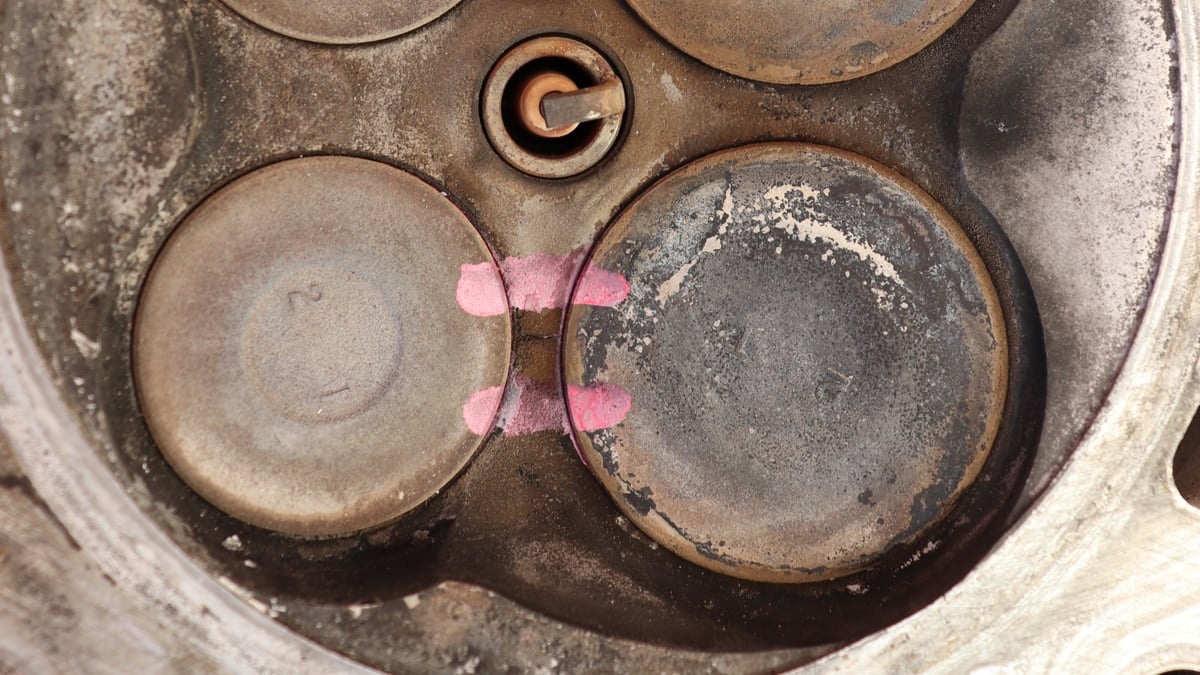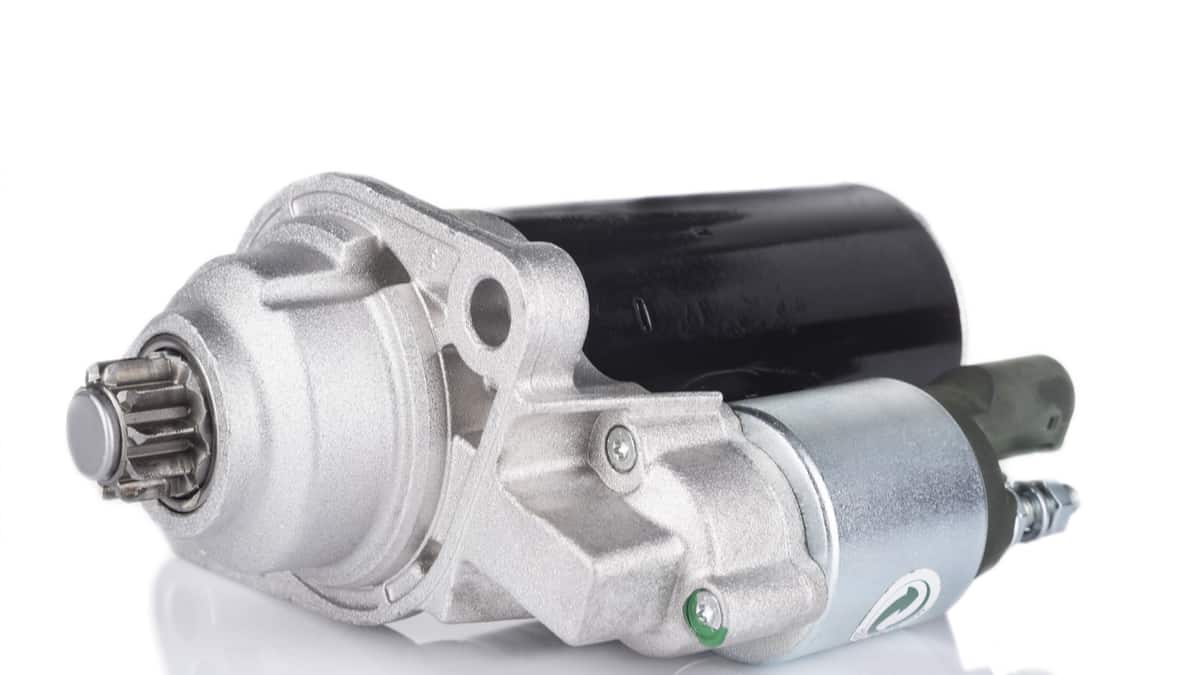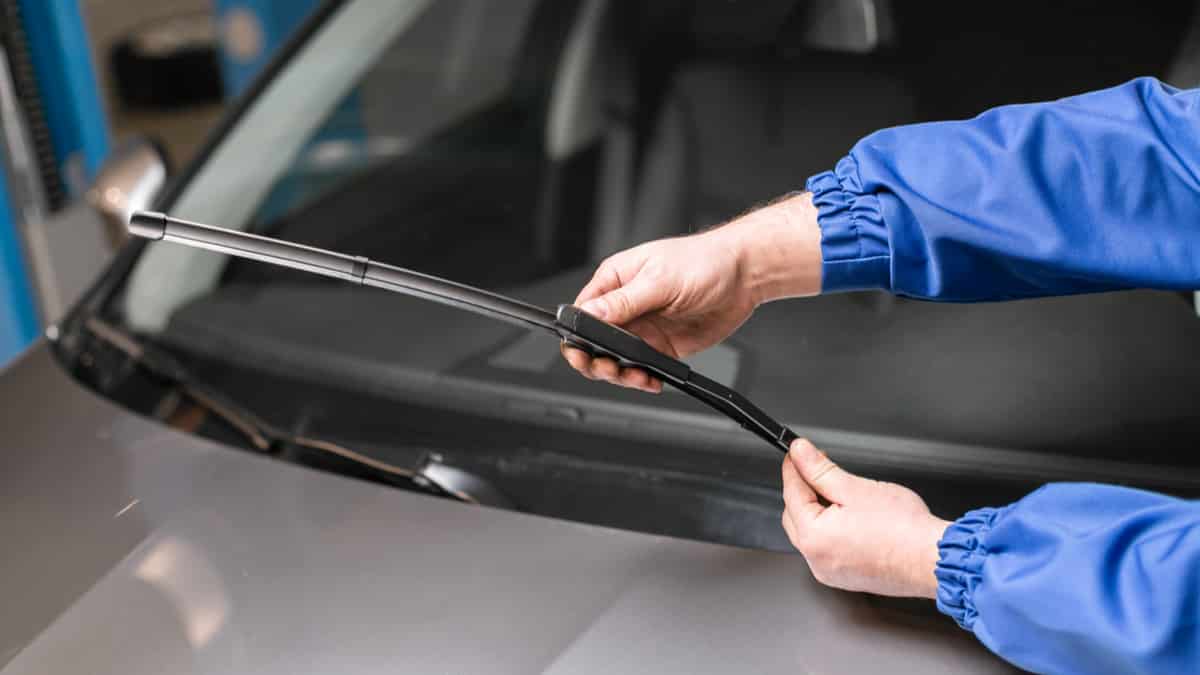Seeing clearly out of the windshield is imperative to have a safe drive. To clear the rain off of the glass or to get rid of bug guts, you need the wipers to work well. If you notice symptoms of a bad windshield wiper motor, it’s important to fix it immediately before your visibility suffers.
In this guide, we look at the most common bad windshield wiper motor symptoms. You’ll also learn about the function of the windshield wiper motor and figure out how to find it. At the end of this article, we look at the average replacement cost for the windshield wiper motor and answer your top questions.
Symptoms Of A Bad Windshield Wiper Motor
When the windshield wiper motor goes bad, the blades often move slower than normal. They may also only function at one speed or stop moving entirely. Maybe the blades won’t stop where they should or you could end up hearing some humming noises while they run.
These symptoms should cause you to look into what’s going on.
1. Wiper Blades Moving Slower Than Usual

All of today’s cars come with windshield wipers that can run at different speeds. With various delays and timing, you can run the wipers at a speed geared toward the level of precipitation occurring.
If you turn the wipers on fast and they only run slow or vice versa, there could be an issue with the motor. Mechanical pieces inside the motor can become contaminated with debris and dirt, causing the motor to run slower than normal. Additionally, if debris is causing the wipers to run slower, you want to clean off the contamination immediately before it causes too much wear that the motor fails.
2. Wiper Blades Move Only at One Speed
It’s also possible that the wiper blades only move at one speed. No matter which setting you put them on, they will continue moving at the same speed.
Because the wiper motor gets a signal from the module, this could be an issue with either part. For that reason, it’s important to run through a series of diagnostic tests before replacing any part.
3. Wiper Blades Stop Moving Completely
There’s also the unfortunate situation where the wiper blades don’t move even a little. You may hear the motor working or not when this happens. There’s no time to wait when this occurs because you won’t be able to clean anything from the windshield while driving.
While a motor is a common cause for this issue, there could also be a blown fuse. The fuse will blow when there’s too much resistance running through the circuit, normally because of some other defect.
If the wipers are still moving a little, the fuse wouldn’t be your problem. You only need to examine this situation if there’s no movement at all.
4. Wiper Blades Won’t Stop in the Correct Position
When the wipers work as intended, they stop in the parked position at the bottom of the windshield or other location designated by the automaker. If you turn the wipers off and they don’t go home, there’s a problem.
Wipers that remain in your view when the system is turned off make it difficult to see what’s going on. You may be able to still run the wipers when the switch is activated, but they will go right back to this incorrect park position.
On the other hand, if wipers get stuck in the upright position and won’t run at all, you probably have a blown fuse.
5. Humming Noises
Often, the symptoms above present with a humming noise in addition. Even if the motor is completely dead, it should still be receiving power from the car, which is what causes the hum.
If you get close to the motor, you may be able to hear it louder. In the rare case that the wipers are still working correctly, but you hear that noise, you may want to consider replacing the motor before it fails.
What’s The Function Of A Windshield Wiper Motor?

The wiper motor is considered the brains of the windshield wipers. It operates as an engine for the wiper blades. The motor creates the torque needed to move the wipers across the windshield, so it can be cleaned off. This motor is conveniently located near the blades to operate the mechanisms without a lot of added parts in the mix.
Here’s how the wiper blades work on most vehicles.
- You turn on the windshield wipers with the control stalk located near your steering wheel.
- This switch activates a signal that’s sent to the electronic control module on the wiper motor assembly.
- The module operates circuits that tell the motor what to do.
- These circuits and relays send voltage to the windshield wiper motor.
- The wiper motor has a wire winding winch in the construction. When this is given energy, a reaction creates the force needed to get the armature spinning.
- The spinning armature starts to rotate a shaft that contains either a spiral or worm gear.
- This action rotates the plastic wheel winch with teeth.
- The winch operates the pinion gear, creating rotation to move the pushrod or short arm through a to-and-fro action.
- The short arm is connected to the wiper linkage. With the to-and-fro movement, the linkage arms operate, thereby moving the wiper blades smoothly across the windshield surface.
Some of today’s advanced wipers activate automatically when any precipitation starts to fall. Rain-sensing wiper blades are controlled by the motor’s electronic module in conjunction with rain sensors. These high-tech sensors are found on the windshield.
Additionally, all of today’s wiper blades also have a circuit that tells the wiper blades when to return to the parked position. When you switch off the wipers, no matter where they are in the cycle, they should move through the cycle and stop at the home position.
Where Is The Windshield Wiper Motor Located?
Most windshield wiper motors are found on the car firewall. This firewall is the barrier mounted between the car’s engine and the cabin of the vehicle. In most cases, it’s easy to access the windshield wiper motor, but that’s not always the case.
If you have trouble finding the motor, trace back the parts of the windshield wipers. If that doesn’t help, reference the information in your service manual.
How Do You Test A Windshield Wiper Motor?
It’s not difficult to figure out what’s going on with the windshield wiper motor. A few diagnostic steps should give you the information you need.
- Begin with the wiper motor fuse. Look in the service manual to find the location of the motor fuse. If it is blown, you want to replace it with the same amperage. If the fuse continues blowing, there could be an electrical malfunction with the motor.
- Inspect the linkage. Take off the cowl to see the wiper motor and the linkage. Check the connections and clean off any debris. If you notice anything damaged, replace it and see if the wipers work better.
- Test the motor circuit. With your digital multimeter, you can test the motor circuit. The steps to follow should be outlined in the service manual, along with the appropriate readings. If the circuit seems okay, it is time to try a new wiper motor.
While it’s not complicated to work on windshield wiper motors, some problems may seem too challenging to deal with. You may need to enlist the help of a professional. Take some time to find a trustworthy auto mechanic and let them fix the problem.
How Much Does It Cost To Replace A Windshield Wiper Motor?
On average, it may cost $150 to $400 to have the windshield wiper motor replaced. Expect to pay between $50 and $225 for the windshield wiper motor. If you can put this in yourself, you save on the labor costs.
Otherwise, you need to pay a mechanic for the work. It should only take about an hour to install, so you could spend another $100 to $175, depending on local labor rates.
Is a windshield wiper motor easy to replace?
Yes, it’s normally a simple job that can be performed with basic hand tools. If you have easy access to the windshield wiper motor, you may want to try replacing it yourself. The job shouldn’t take you more than an hour to complete. Otherwise, you can hire a mechanic for more support.
How long should a wiper motor last?
In many cases, the wiper motor may outlast the vehicle itself. This isn’t a part that fails frequently, so you probably would only need to replace it once, at most. If you want to care for the motor and keep it running longer, make sure you regularly clean the car so debris doesn’t get into the wiper parts.
How long does it take to change a windshield wiper motor?
A qualified mechanic won’t need more than an hour to replace the windshield wiper motor as long as it’s easy to access. If you want to try your hand at the job, you may need a little more time, depending on your skill level. Either way, it’s a simple job that most home mechanics can complete with some basic tools.
Is there a fuse for the windshield wiper motor?
Yes, if the wiper motor gets overloaded or there’s an electrical malfunction, the fuse is designed to blow so the other components can be protected. To find the fuse, look at a diagram for your vehicle. Replace the blown fuse with one of equal amperage and talk to a mechanic if the fuse continues to blow.
How many windshield wiper motors does a car have?
Your vehicle may have one or two wiper motors, depending on the design. Any window that has windshield wipers needs a motor to operate them. Therefore, there’s a motor in the front for the windshield and another one on the rear window if there are wipers located there as well.
You may not give any thought to the windshield wiper motor until it stops working and you can’t see out of the front of your car. Very quickly, this malfunction can turn into a hazardous situation, putting you at risk for an accident. For that reason, you should never drive without working windshield wipers.
Troubleshoot the system to find out what’s stopping the wiper blades from running correctly. If you can fix it easily, get the job done right away. Otherwise, reach out to a local mechanic and have the wiper motor replaced before driving again.
Categories: Electric
